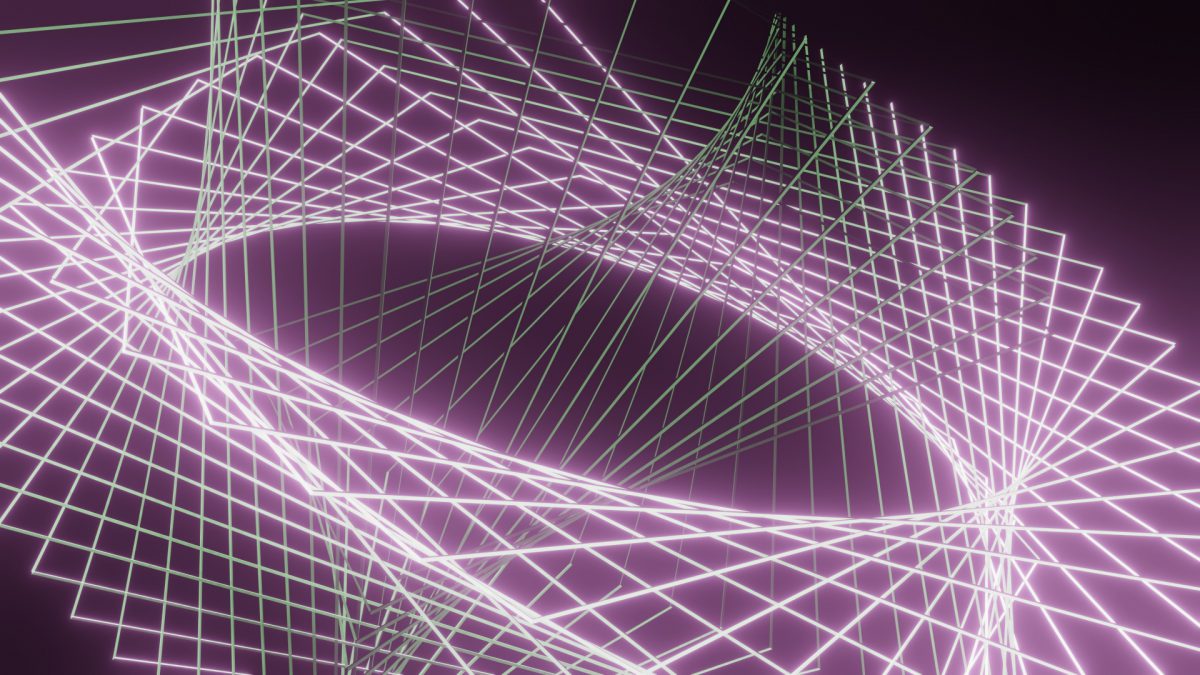Quebico might be best known internationally as the CG animation studio behind the Netflix CG drama series, RESIDENT EVIL: Infinite Darkness (Known in Japan as BIOHAZARD: Infinite Darkness). For that production, the studio utilized the Radeon ProRender rendering engine provided by AMD and Render Pool, a cloud rendering service provided by Morgenrot. We interviewed Tsuyoshi …










